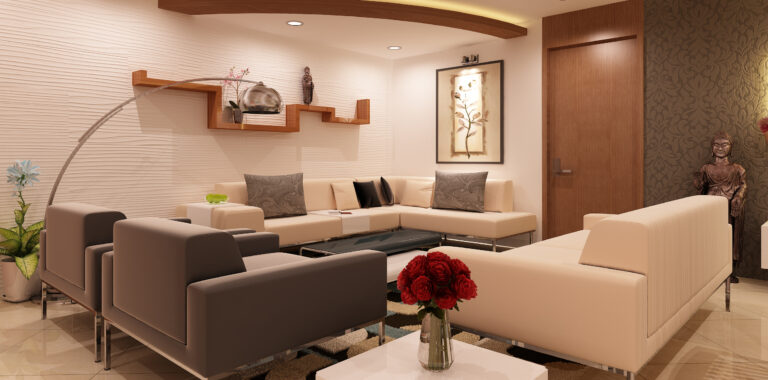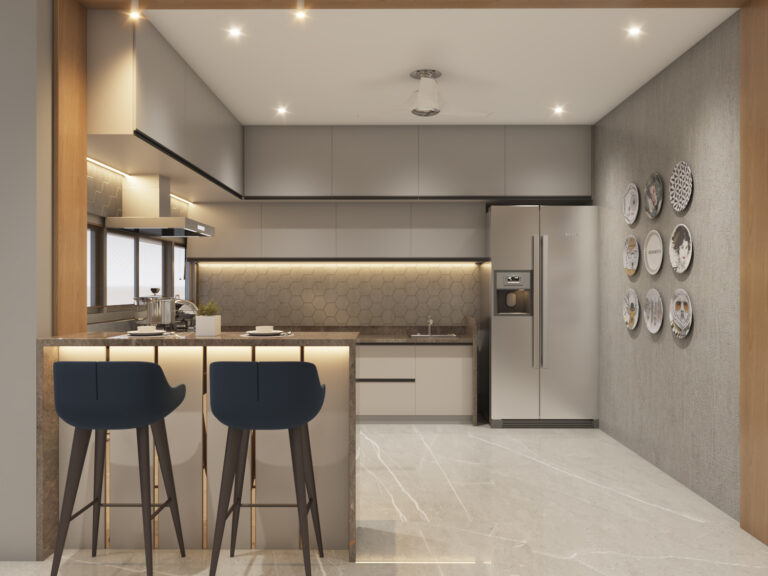What is Space Planning?
Space planning is a critical aspect of interior design that involves organizing and arranging the physical space within a building to maximize its functionality, aesthetics, and flow. It’s a systematic process that takes into account how space will be used, the activities that will take place, and the movement of people within that space. Effective space planning ensures that the layout meets the needs of the occupants while making the best use of the available area.
Key Elements of Space Planning:
- Needs Assessment: Understanding the purpose of the space and the specific needs of the occupants.
- Zoning: Dividing the space into different zones based on their intended function (e.g., work, relaxation, socializing).
- Flow and Circulation: Planning how people will move through the space to ensure ease of access and a natural flow.
- Furniture Placement: Strategically placing furniture to support the activities in each zone without obstructing movement.
- Scale and Proportion: Ensuring that the size of the furniture and decor is appropriate for the space, contributing to a balanced and harmonious environment.
- Lighting: Integrating both natural and artificial lighting to enhance the usability and mood of the space.
Importance of Space Planning
Maximizes Efficiency:
- Space planning ensures that every square foot is utilized effectively, making the space functional and efficient. It helps in optimizing the layout to suit the needs of the occupants, whether it’s a home, office, or commercial space.
Enhances Comfort:
- Proper space planning contributes to the comfort of the occupants by ensuring that the space is organized logically, with easy access to all necessary areas. It can also address issues like overcrowding, poor lighting, and inadequate ventilation.
Improves Flow and Movement:
- Good space planning facilitates smooth movement through the space, reducing bottlenecks and creating a natural flow from one area to another. This is particularly important in high-traffic areas such as offices, kitchens, or public spaces.
Aesthetic Appeal:
- Space planning is not just about functionality; it also plays a crucial role in the aesthetics of a space. By carefully arranging elements within the space, designers can create visually pleasing environments that feel balanced and cohesive.
Accommodates Future Growth:
- Effective space planning considers the potential for future changes or growth. This could mean leaving space for additional furniture, planning for technological upgrades, or designing areas that can be easily reconfigured.
Safety and Accessibility:
- Ensuring safety and accessibility is a key component of space planning. This involves adhering to building codes, providing clear paths for movement, and making spaces accessible to people with disabilities.
Increases Property Value:
- Thoughtful space planning can increase the value of a property. A well-designed space that meets the needs of its users is more attractive to potential buyers or tenants.
Supports Well-being:
- A well-planned space can significantly impact the well-being of its occupants. For example, designing spaces that allow for natural light, proper ventilation, and a connection to nature can improve mental and physical health.

Reach Us



Hey people!!!!!
Good mood and good luck to everyone!!!!!